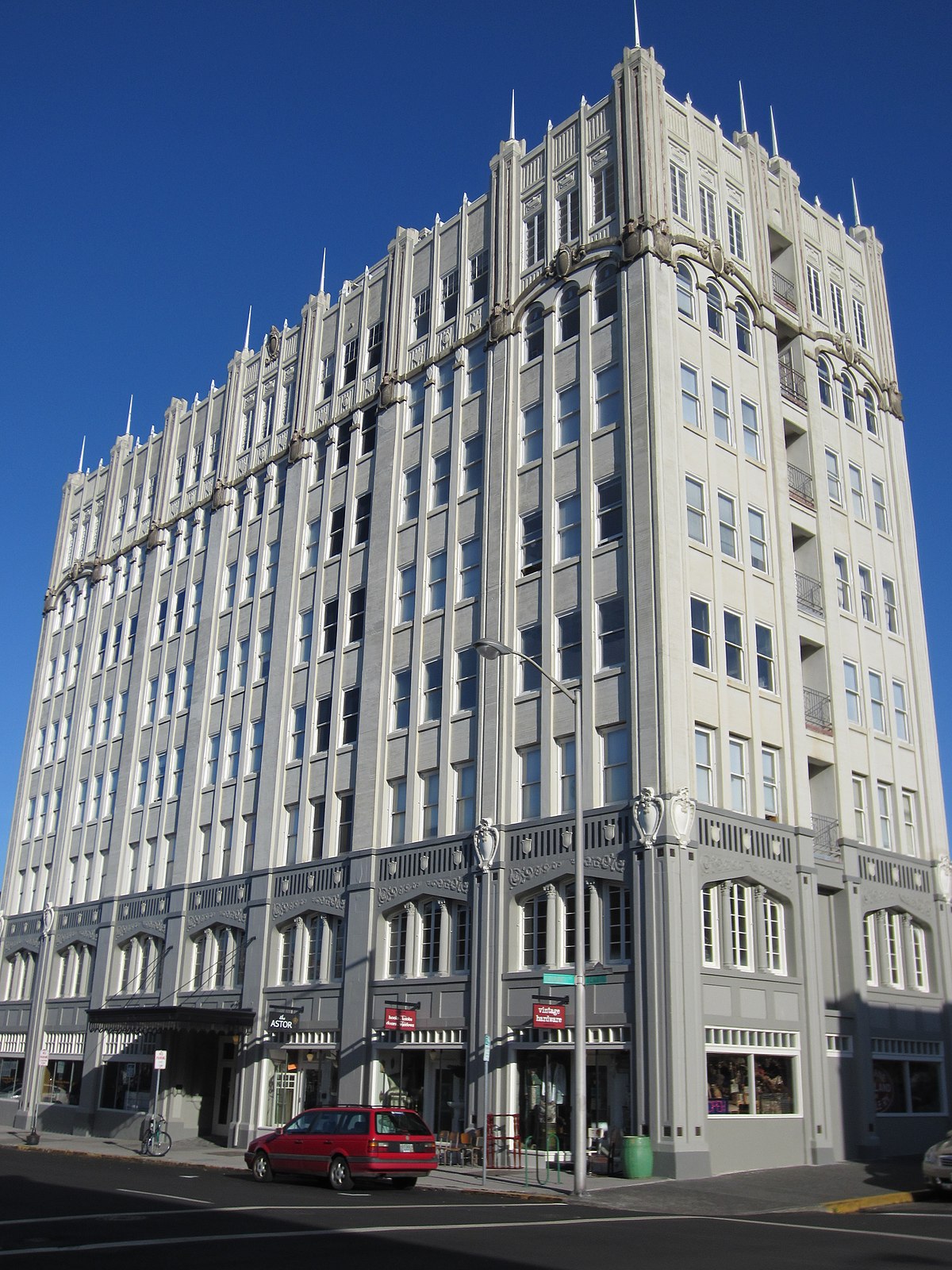The Gustavus Holmes House, located in Uppertown, Astoria, Oregon, is a testament to the region's rich history. Built in 1892, this Queen Anne/Eastlake styled house was constructed by Gustavus Holmes, a prominent figure in Astoria's early salmon canning industry[1][2]. Holmes was instrumental in organizing one of the first cooperative salmon canneries along the Columbia River and later became involved in banking, helping establish the Scandinavian-American Bank in 1907[1].
Gustavus Holmes' entrepreneurial spirit was evident in his business ventures. He initially worked as a salmon fisherman before becoming a partner in a cannery on the Smeena River in British Columbia. His experience led him to form partnerships that eventually sold their cannery to the British-American Canning Co.[1]. Upon returning to Astoria, Holmes focused on managing his property interests and served as president of the Scandinavian-American Bank until his death in 1912[1].
The Gustavus Holmes House itself is remarkable for its preservation. Despite being over 130 years old, it retains much of its original interior and exterior features, including moldings, doors, and even wallpaper[1]. This level of integrity is rare and contributes to its listing on the National Register of Historic Places in 1984[2]. The house's design, featuring horizontal, vertical, and diagonal wood sheathing, was practical for withstanding the harsh Pacific Northwest storms[1].
Gustavus Holmes' legacy extends beyond his business achievements. His family continued to reside in the house after his death, with his son Andrew living there until 1962[1]. The house remains a significant part of Astoria's history, reflecting both the architectural styles of its time and the entrepreneurial spirit of its builder.
.jpg)










.jpg)




